Neuropsychologist Lidia García Pérez summarizes in this article the concept, the structure of social cognition and some assessment tests.
When in the professional field of neuropsychology or psychology we think about social cognition, we often evoke concepts such as empathy, recognition of emotional facial expressions, theory of mind or mentalization; however, we do not always have a clear general idea or a model under which to relate these constructs and from which to organize our work in the assessment and treatment of people with deficits in social cognition.
Although holistic and detailed models of social cognition are scarce in research [1], there is consensus that social cognition is an information-processing system in which multiple more basic functions participate that make social behavior possible [1].
What are these basic functions included in social cognition and how do they relate to each other to give rise to social behavior?
From a recent review by Sánchez-Cubillo, Tirapu-Ustárroz and Adrover-Roig [1] and Ochsner’s social-emotional processing stream model [2], this post summarizes the concept, the structure of social cognition and some assessment tests of social cognition; a superconstruct.
Concept of social cognition
Social cognition is understood as the ability to form representations of the relationships between oneself and others and to use them flexibly, to guide our behavior so that we generate appropriate conduct according to the particular social circumstance [1].
This cognitive process by which we construct those representations is a complex process, involving mechanisms of perception, processing and evaluation of stimuli, which allow us to form a representation of the social interaction environment [1].
Components and levels of complexity of social cognition: Ochsner’s model
The so-called social-emotional processing stream (social-emotional processing stream) of Ochsner (2008), is a general model of social cognition that includes the majority of cognitive and affective processes studied discretely (in isolation) by basic social cognition research [1,2].
This model considers that in the information processing involved in social cognition, five components that are hierarchically related to each other are involved and in which various processes in turn intervene:
1. Acquisition of socio-affective valences.
First, through associative learning by conditioning, we assign affective values to social stimuli and to possible responses to them.
That is, implicitly, we learn to associate each social stimulus with a valence (the stimulus is more or less positive, negative or neutral) and these stimulus-valence associations will influence the subjective way each individual has of interpreting the world, shaping their tastes, preferences, attitudes, etc.
2. Perception and responses to socio-affective stimuli.
Second, we perceive and recognize socio-affective stimuli that function as cues whose recognition is very relevant for our adaptation in the social environment.
The social cues that we detect and interpret at this level are:
- Biological motion: only possible for living beings with joints,
- facial expressions of emotions: recognizing an expression of happiness, fear, or more complex emotions such as distraction or admiration,
- others’ gaze: which allows us to know what the other person is attending to,
- prosody: emotional tone of speech.
From observing our social environment, we detect these social cues that we interpret as positive, negative or neutral stimuli, and whose recognition has the ultimate function of allowing us to understand others’ intentions, and attribute mental states to them.
3. Low-level inference: embodied simulation.
Low-level inferences would be processes of understanding (of others’ mental states and intentions) that do not use reasoning, but rather more basic and immediate mechanisms, such as embodied simulation processes, which involve the activation of mirror neurons.
As we know, mirror neurons are neurons that are activated both by the observation of a biological movement in others and when we ourselves execute that movement. This mechanism has been postulated as the neural basis underlying empathy (specifically its more affective vs. cognitive component) and imitation (referred to the concept of social mirroring).
The ability to immediately experience in our body what the other is feeling (the concept of empathy) just by looking at that person, serves to help quickly understand their mental state, so that we can understand what they feel and their possible intentions, but in an automatic way, without having to go through reasoning processes, which require more time.
4. High-level inference: theory of mind or cognitive empathy.
High-level inferences refer to the symbolic understanding of what we observe, considering both the context and semantic and episodic information, in order to nuance the information we process, which allows us to give adaptive responses to more ambiguous social stimuli (which require more complex, symbolic processing).
At this level reasoning does intervene and processes of theory of mind (also called mentalization or cognitive empathy) are set in motion, which refer to the ability to attribute mental states to other individuals, to explain and predict their behavior.
5. Context-sensitive regulation.
According to this model, we regulate our social behavior through three systems:
1. Regulation of behavior based on descriptive aspects:
It is a system that employs verbal logical knowledge to reinterpret and update the meaning of the perceived socio-affective stimulus, depending on a specific situation.
By explicitly knowing what mental state someone is in, we can reinterpret their behavior as a consequence of a particular situation and act, consequently, in a more adaptive way.
For example, if we know that a coworker is angry because they have just argued with their partner, we can reinterpret a rude reply to us not as a personal issue with us, but as a consequence of them being upset due to a problem with their partner.
2. Regulation based on the outcomes of one’s own Actions/stimuli
It is a behavior regulation system that relearns and updates the relationship between one’s own stimuli or Actions and their affective outcomes (whether the Consequences of the behaviors we performed in the past were more or less positive or negative). Therefore, it is based on the recollection of the Consequences of previous experiences to reassign valences to each behavior that is possible in a situation.
3. Regulation based on choices
It functions as a combination of the two previous systems, and involves weighing the relative value of several behavioral options to choose between those that provide small short-term gains, and those that provide larger gains, but in the long term.
Therefore, according to Oschner’s emotional processing stream model, at the most basic levels of social information processing there would be an implicit learning of the value of social stimuli and a subsequent detection and interpretation of those stimuli (for example, recognizing in others’ facial expressions different emotions that we associate with a particular valence). At intermediate levels of social information processing embodied simulation processes would intervene, mediated by mirror neuron mechanisms (such as affective empathy, or imitation). And at more complex levels of processing symbolic cognitive inference processes (theory of mind) and regulation of one’s own behavior would be involved.
Assessment of social cognition
Some useful tests for assessing the basic functions included in the general ability of social cognition are [1]:
- Baron-Cohen’s ‘Reading the Mind in the Eyes’ Test: to assess the recognition of emotional expressions through the eyes;
- false-belief comprehension test (maxi-task): to assess first-order beliefs in theory of mind;
- ice-cream seller story: to assess second-order beliefs in theory of mind;
- Happé’s Strange Stories→ to assess the understanding of irony, lying and white lies;
- Faux-pas stories (social blunders): to assess the understanding of the ambiguity of awkward social situations;
- prisoner’s dilemma and trolley problem:to assess empathy and moral judgment.
Bibliography
- Sánchez-Cubillo I, Tirapu-Ustárroz J y Adrover-Roig D (2012). Neuropsychology of social cognition and self-awareness. En Tirapu-Ustárroz J, Ríos-Lago M, García Molina A y Ardila A (Eds.), Neuropsychology of the prefrontal cortex and executive functions (pp. 353-390). Barcelona:Viguera.
- Ochsner, K. (2008) The social-emotionalprocessingstream: fivecoreconstructs and theirtranslationalpotentialforschizophrenia and beyond. BiolPsychiatry, 64: 48-61.
If you liked this article about the structure and assessment of social cognition, you may also be interested in:
“This article has been translated. Link to the original article in Spanish:”
Cognición social: estructura y evaluación de un superconstructo
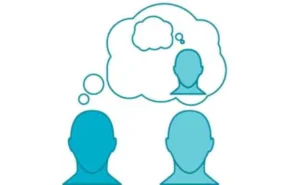
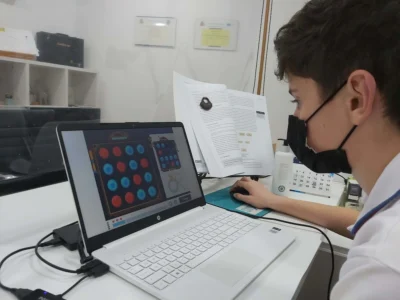
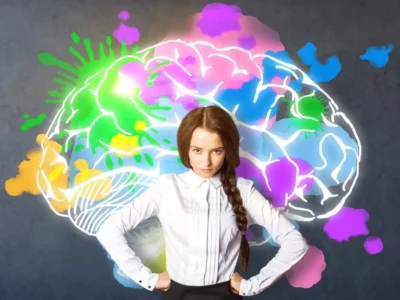

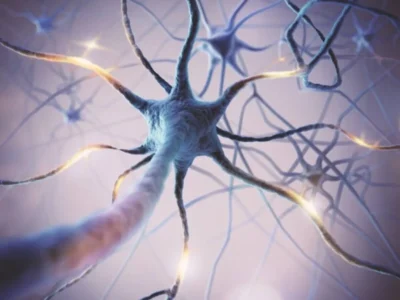
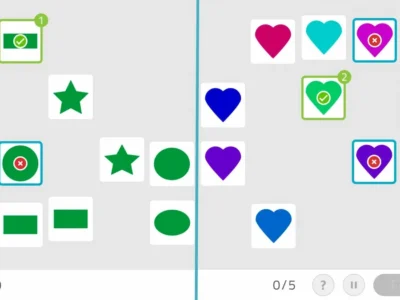

 Attention and memory cards for children and adults
Attention and memory cards for children and adults
Leave a Reply